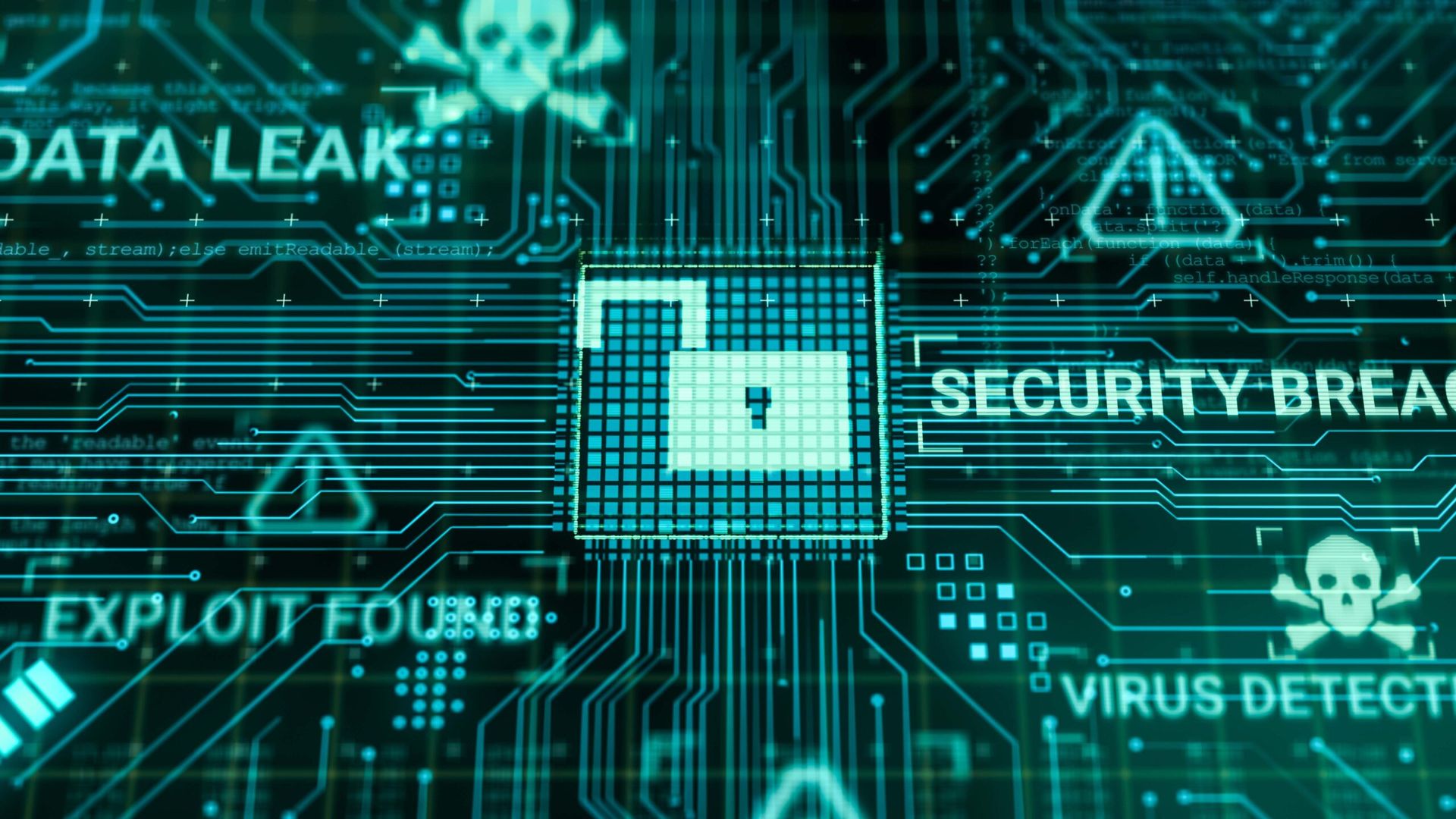Threat Management, Security Program Controls/Technologies
Final cybersecurity guidance on space sector’s ground segment released by NIST
Share
The National Institute of Standards and Technology has finalized its guidance on applying the Cybersecurity Framework to the space sector's ground segment, particularly satellite command and control, to help stakeholders manage cybersecurity risks, reports SecurityWeek.
The guidance was developed in response to the U.S. governments consideration of space as an essential element of critical infrastructure. A loss or degradation of space services could significantly impact the security and economic well-being of the United States, NIST noted.
The new Cybersecurity Framework profile focuses on the mission operations center, which is in charge of issuing commands to a satellite control data handling platform and obtains telemetry from the space vehicles bus; and the payload control center, which communicates with the satellite and the MOC. The guidance outlines the Cybersecurity Framework's five core functions: identify, protect, detect, respond and recover.
The document, titled "Satellite Ground Segment: Applying the Cybersecurity Framework to Satellite Command and Control," can be found on NIST's website.
Related Events
Related Terms
BackdoorBotnetCorruptionDNS SpoofingDeauthentication AttackDictionary AttackDisruptionDistributed ScansDomain HijackingDrive-by DownloadGet daily email updates
SC Media's daily must-read of the most current and pressing daily news



